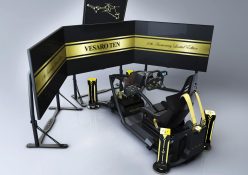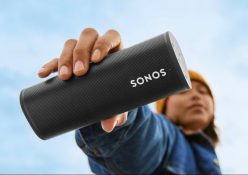Researchers refine their autonomous rescue robot
In 2021 a team of researchers and students at the University of Colorado Boulder in the USA created a specialised robot that can be used in situations that are often dangerous for humans, such as searching for survivors in collapsed or damaged mines or buildings.
Two years late they are continuing to develop the technology with the help of new funding for their autonomous robot. To enable this includes developing a more advanced sensor and algorithm system, which enables the robots to function even better on their own by making decisions about how best to complete a task without human input.
The team is also installing new sensors to make robots perform better in challenging environments– for example, they operate well in environments in which their vision is unobstructed but struggle when faced with things like dust, fog, and snow.
Additionally, Eric Frew, a professor of aerospace at the university of technology in a National Institute of Standards and Technology competition to develop completely autonomous drones that will be able to replace ground-based robots, and which can be used for aerial mapping of disaster areas.
Clean water and fuel from one device
A new proof-of-concept solar-powered device that floats on water has produced clean hydrogen fuel and clean water from tests using polluted water and sea water. The device, which is inspired by photosynthesis, was developed by researchers at the University of Cambridge in the UK.
The research team placed a photocatalyst on a nanostructured carbon surface that efficiently absorbs light and heat and creates water vapor, which catalysts then uses to produce hydrogen. The porous carbon mesh, which the researchers treated to repel water, helps the photocatalyst float and stay away from the water below.
This stops contaminants from interfering with its functionality. The team placed a white UV-absorbing layer on top of the floating device to produce hydrogen through water spitting. The rest of the light from solar spectrum continues to the bottom of the device where it vaporises the water.
While it is just a prototype/device for technology, the concept could be applied in all sorts of low-power or off-grid environments in the future to ensure that more people have access to clean water and clean fuel.
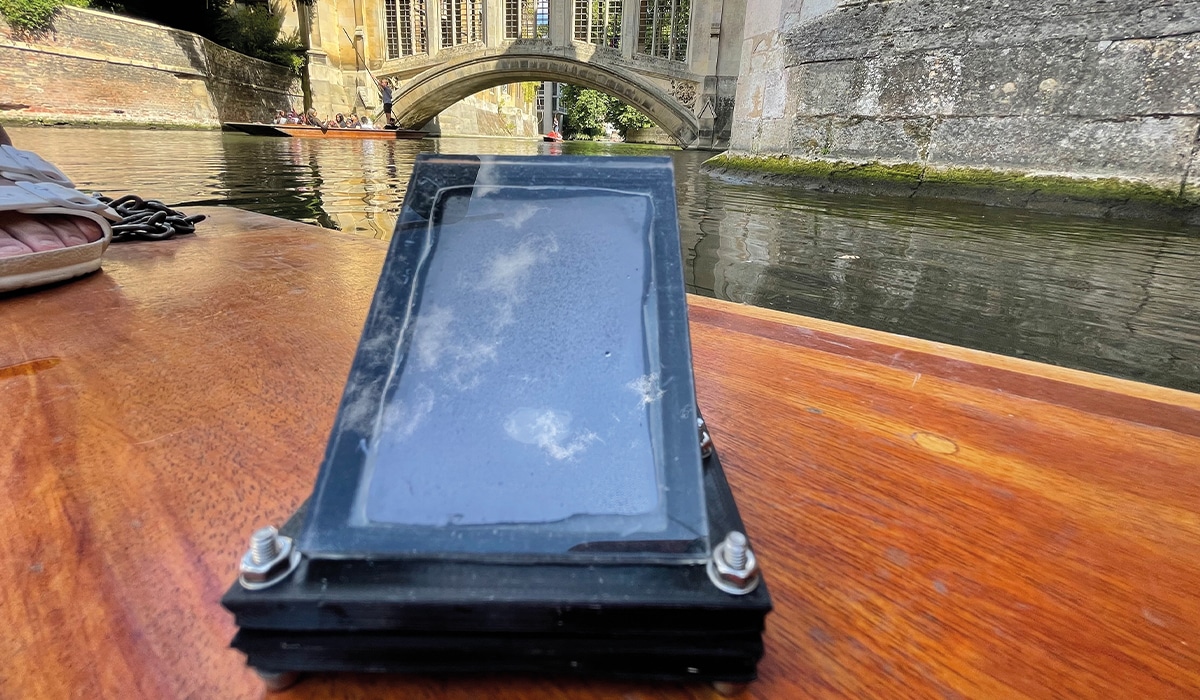
Solar panels for the University of Seychelles
The University Of Seychelles has installed a 15 kW photovoltaic (PV) system, which consists of 56 solar panels, to help to green the university, generate clean energy, and save money. The new system will provide the university with a savings of SCR 10 000 (R13 759) per month over about 24 years. As part of the project, seven youths were trained in PV installation as a skills development initiative.

Low-tech solutions to high-tech wildlife problem
The proliferation of modern glass architecture and transparent and reflective barriers has had a very unpleasant side effect: the death of birds caused by them flying into glass, which they cannot see.
Owing to such a high number of deaths on their own campus, researchers at the University of Washington in the USA have been studying the problem with the goal of reducing the number of collisions – especially fatal ones.
The researchers’ initiative, Bird Friendly Campus, has been counting the number of bird–building collisions on campus, offering suggestions on bird-friendly design architects, and raising awareness within the community about dangers posed to wildlife by transparent and reflective glass.
Bird-safe glass is one option, usually in the form of small, opaque dots or a grid pattern made of weather- resistant vinyl that can be attached to windows. This allows natural light to enter the space while making glass visible to birds.
Creating more distance between buildings and greenery, and minimising the use of artificial light at night, are options that the researchers have suggested. The team plans to provide the data from its study to the campus architects so that it can be incorporated into the university’s Green Building Standards.
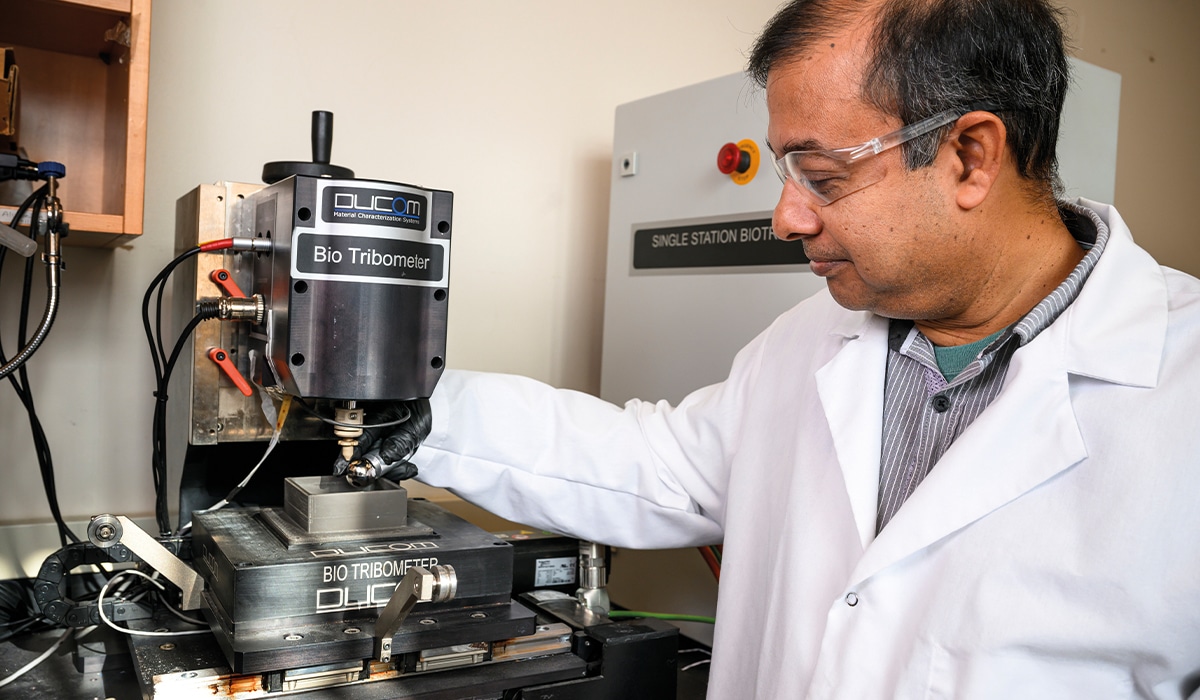
Infection-Resistant 3D-Printed Implants
A surgical implant developed by researchers at Washington State University in the USA has achieved an 87% success rate in eradicating staph-infection-causing bacteria in laboratory tests. This technological advancement has the potential to improve infection control in routine surgical procedures such as hip- and knee replacements.
Implants that use titanium, which were first developed more than 50 years ago, aren’t very good at resisting or overcoming infections. The researchers at Washington State
University therefore decided to 3D print with a new mix of materials to see if it would help to solve this problem. They added 10% tantalum, which is a metal that resists corrosion, and promotes healthy cell growth, and 3% copper, which kills bacteria, to titanium, the metal typically used to make implants.
The researchers are continuing to work on the project and are aiming for a bacterial death rate higher than 99%. They also intend to make sure that the new materials will be able to handle real-world physical requirements and loads, such as being able to hike after knee replacement.
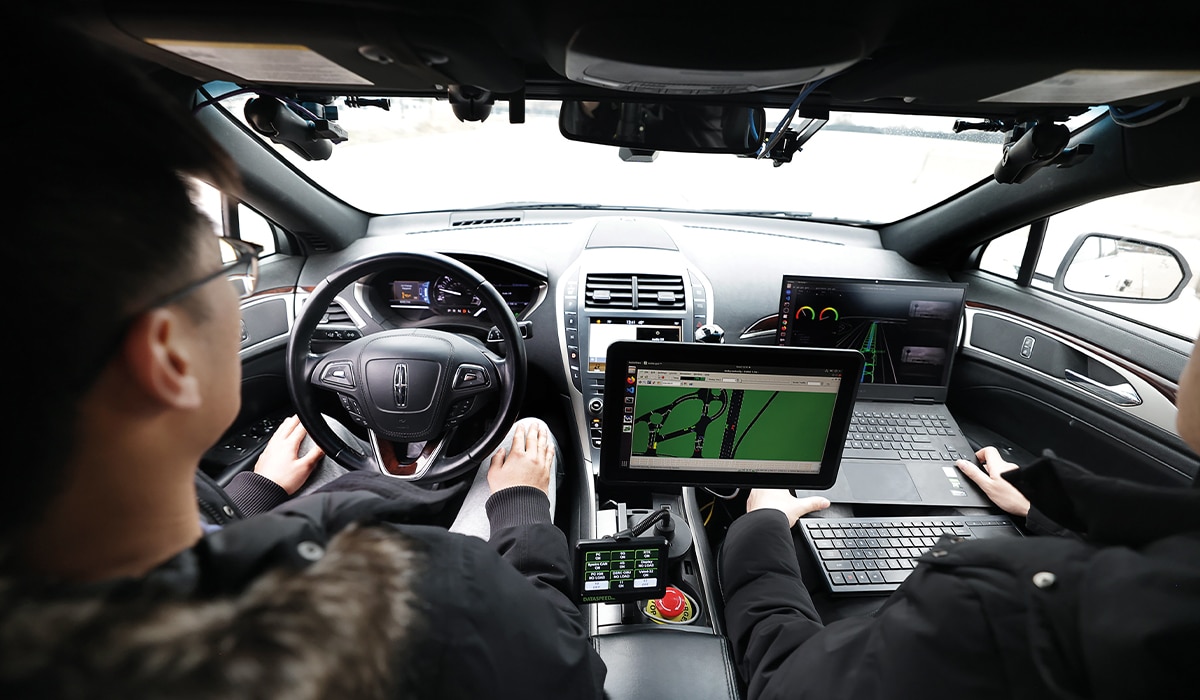
Automated shuttle planned for Detroit
The University of Michigan in the USA has spent the past few months evaluating an automated shuttle provided by May Mobility. The intention, if the shuttle passes safety tests, is for it to be used in the city of Detroit to transport older people and people with disabilities for free.
The testing of the shuttle for Detroit comes at a time when numerous traffic accidents using driverless vehicles have generated widespread worries about safety. The testing has been taking place at the university’s Mcity Test facility, which is a world-first testing environment for autonomous vehicles that assesses them under realistic conditions but in a safe environment.
The test comprises two parts – the first is similar to a human driving test, which measures basic skills in normal driving situations. The second part is designed to challenge the vehicle’s audio- visual software with dangerous driving scenarios to see how the vehicle responds. Once deployed, the shuttle will have skilled safety operators on board to answer questions and help wheelchair users board and disembark.
By Vuyolwethu Dyasi
Photography: Michelle Wiese, University of Colorado Boulder/Chanon Pornrugroj/Kévin and Laurianne Langlais (@Laukev)/Unsplash/Brenda Aheam/University of Michigan, College of Engineering, Communications and marketing





